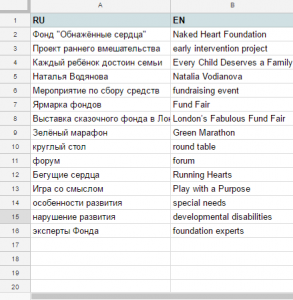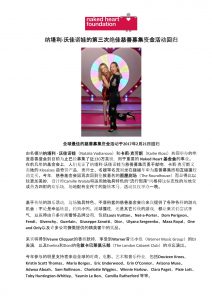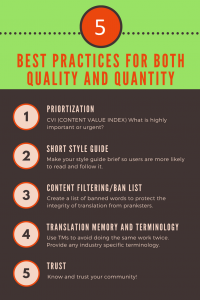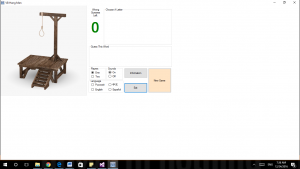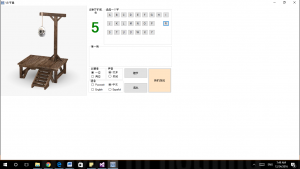Wrapping up Locspire’s work with Naked Heart
Locspire, a localization team I was part of which was formed by 2nd year students of the Middlebury Institute’s Translation and Localization Management program had the great fortune of localizing content for Naked Heart, a non-profit with the very noble goal of building an inclusive society for people with special needs. Content was localized from Russian to English, Chinese, and Korean.
Naked Heart was founded by Natalia Vodianova in 2004. It was started with the goal of providing parks and playgrounds that are accessible to children with special needs. As of today, the program has built over 175 parks and playgrounds. Additionally, Natalia Vodianova started the program entitled Every Child Deserves a Family in 2011, which Locspire has been involved in localizing video content for.
While Naked Heart was already holding events internationally, they accepted Locspire’s help in localizing and translating content, developing terminology, as well as building a team of volunteers among other things. Naked Heart showed great interest in releasing more content in both English and Chinese, and Locspire helped them achieve this. In addition to Every Child Deserves a Family, Locspire worked to localize content for other special programs and events that Naked Heart either hosted or participated in.
Events and Programs Covered
- Running Hearts/Green Marathon
- Autism Awareness Day
- London’s Fabulous Fair
- Naked Heart Forum
- Every Child Deserves a Family
Accomplishments:
Naked Heart already creates many promotional videos for the foundation in Russian, and as a member of Locspire, I had the great fortune of translating one of their most popular videos from Russian into English. This 20 minute long video explains the details of the new program Naked Heart has launched, “Every Child Deserves a Family”.
After this project was translated into English, our Korean linguists then translated it into Korean, and I along with another senior Russian linguist worked closely with the Korean translators to make sure the Korean subtitles were displaying at the appropriate times. While this was somewhat time-consuming, the results of the Korean subtitles were particularly stunning. A snippet of the video subtitled in Korean is posted below. You can also watch the full version subtitled in English here. Make sure you have closed captions turned on!
In addition to subtitling this lengthy video in English and Korean, Locspire worked on many other translation projects, the bulk of which were from Russian into English. Below is the list of projects that Locspire worked on along with their locales. In total Locspire completed 14 projects for Naked Heart (not including other services like terminology development)!
As briefly mentioned previously, Naked Heart had also shown a need for terminology development, and my team stepped in to fill this need by developing a multilingual (Russian, English, Chinese, and Korean) glossary for the foundation to pass along to both their translators and writers.
As the head Russian linguist I was mainly responsible for both translation and review; therefore, it only made sense for me to develop the Russian/English glossary. Below is a snapshot of it.
Locspire did not just help Naked Heart subtitle videos and release event materials. We helped grow a small but highly skilled team of volunteers to be used on special projects (such as video subtitling) in the future. This includes translators, editors, reviewers, and specialists to help with desktop publishing issues. Furthermore, we developed an exit plan for them which involved some detailed suggestions about how to manage translation projects and independently interact with volunteers, as well as some other resources like glossaries and TMs (translation memories).
A Special Thanks to Naked Heart
Locspire would like to extend its gratitude to Naked Heart for giving us the opportunity to work so closely with an organization fighting for such a pure cause– an inclusive society for children with special needs. Thank you, Naked Heart, for allowing us to contribute something to this noble effort.

